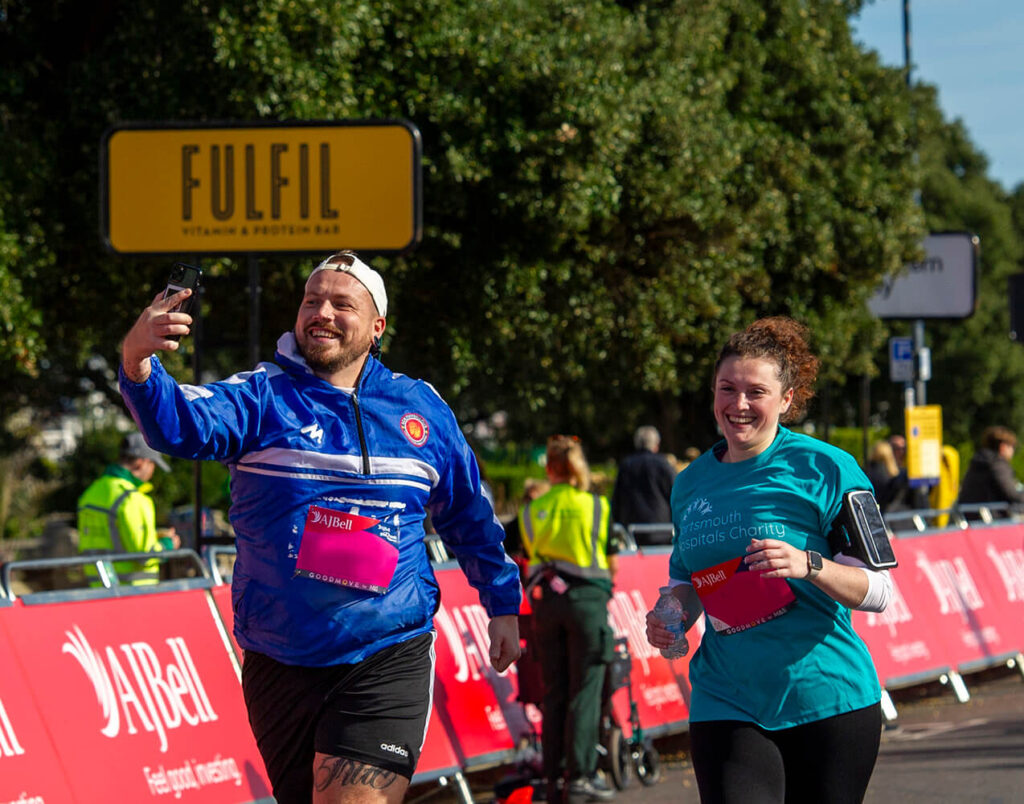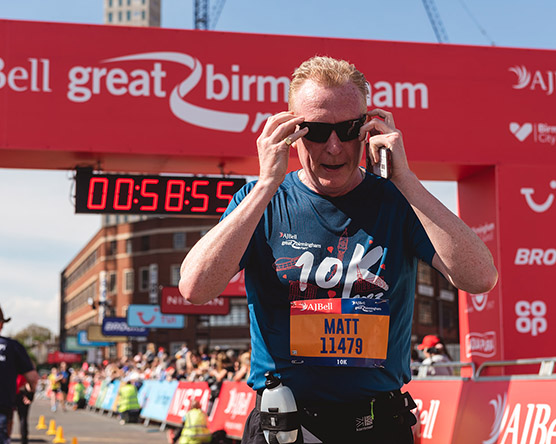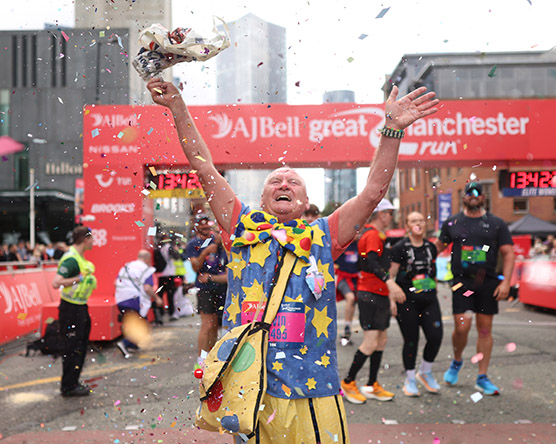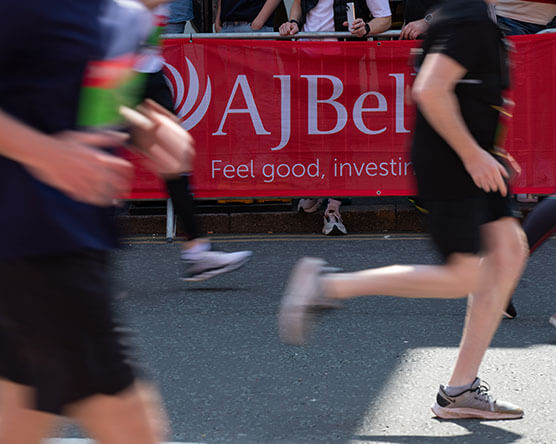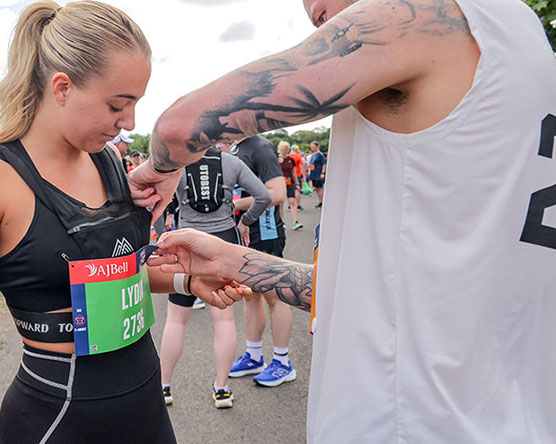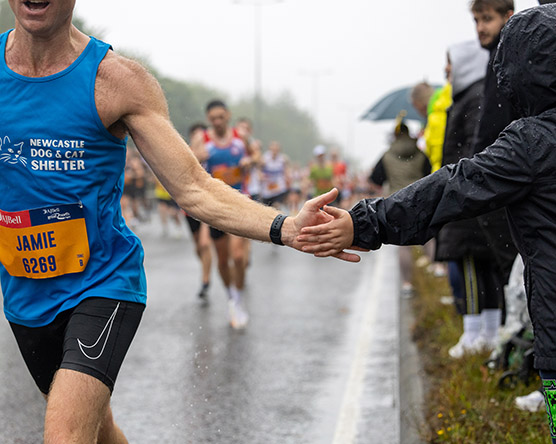If you’ve spent any time in social media running groups or Strava groups, you might have come across the term ‘Jeffing’ – but what the Jeff is Jeffing? And how can it help you push your run from good to great?
Read on to find out more…
What is Jeffing?
Jeffing is a run/walk interval training technique popularised by US Olympian Jeff Galloway. Galloway is a huge advocate of run/walk, claiming it’s a “smart way to run”, “motivates beginners”, “improves finish times for runners of all abilities” (by up to 7 minutes for a 13.1 mile half marathon, says Jeff) and brings back the “joy” for non-stop runners.
And if it’s good enough for an Olympian, it’s good enough for us. Ultra runners have long been supporters of the run/walk method, but Jeffing is also useful for building beginners’ confidence and helping runners with some experience notch up a new personal best. In fact, all runners no matter their experience or ability level can find some benefit in giving Jeffing a go. But how?
Jeffing – the method
Everyone’s different but here are our top tips for giving Jeffing a go:
- Find the right run/walk ratio for you. Beginners might want to start by running for 30 seconds, then walking for 30 seconds. Once you’ve mastered that, try running for 45 seconds, but keep the walking interval at 30 seconds. You’ll find that the running starts to feel a bit easier, or that you speed up without forcing it.
- As your training progresses, aim to run for longer and ‘bank’ your 30 second walking intervals so that you end up walking less frequently for two or three minutes at a time.
- You can incorporate heart rate monitoring into your Jeffing – so, for example, walking for the time it takes your heart rate to return to a certain zone.
- Everyone’s approach will be different depending on experience and goals, but one golden rule to bear in mind is that the faster you want to go, the shorter your walking intervals should be. Don’t skimp on them or skip them completely, though – missing walking intervals early on in your run means you’re more likely to be fatigued later.
- You can decide on intervals using time, distance or both, e.g. run 400m, walk 100m or run 1km, walk one minute.
Jeffing – the mindset
And now let’s deal with some of those running myths that can present a barrier to trying run/walk techniques:
- Walking isn’t cheating! Although it can feel counter-intuitive, especially to those new to run/walking, over time walk breaks help you feel in control of your run, help you avoid fatigue and can speed up your times.
- You’ll be in great company. Walk/Run techniques aren’t just for beginners, but are widely-used by ultra runners, elites and Olympians like the great Jeff himself.
- 1 miles (or whatever distance you’ve committed to covering) is still 13.1 miles, however you cover it – running non-stop or run/walking. And with run/walking, you might even find you get there quicker…
- Run/walk can give you a mental as well as physical boost. Sometimes just knowing you have a walking slot coming up can encourage you to move faster in your run intervals.
So will you be giving Jeffing a go? Let us know on socials – tag us on Facebook, Instagram, TikTok or X.
If you are ready to give the run walk technique a go, download one of our training plans here for your chosen running distance, 5k, 10k, 10 mile, or half marathon.





